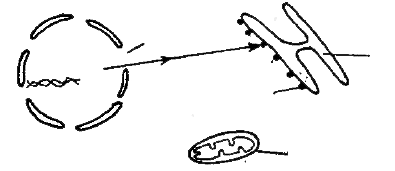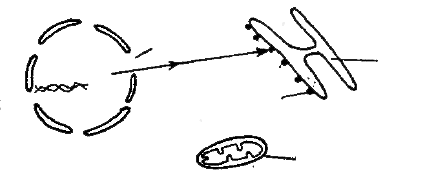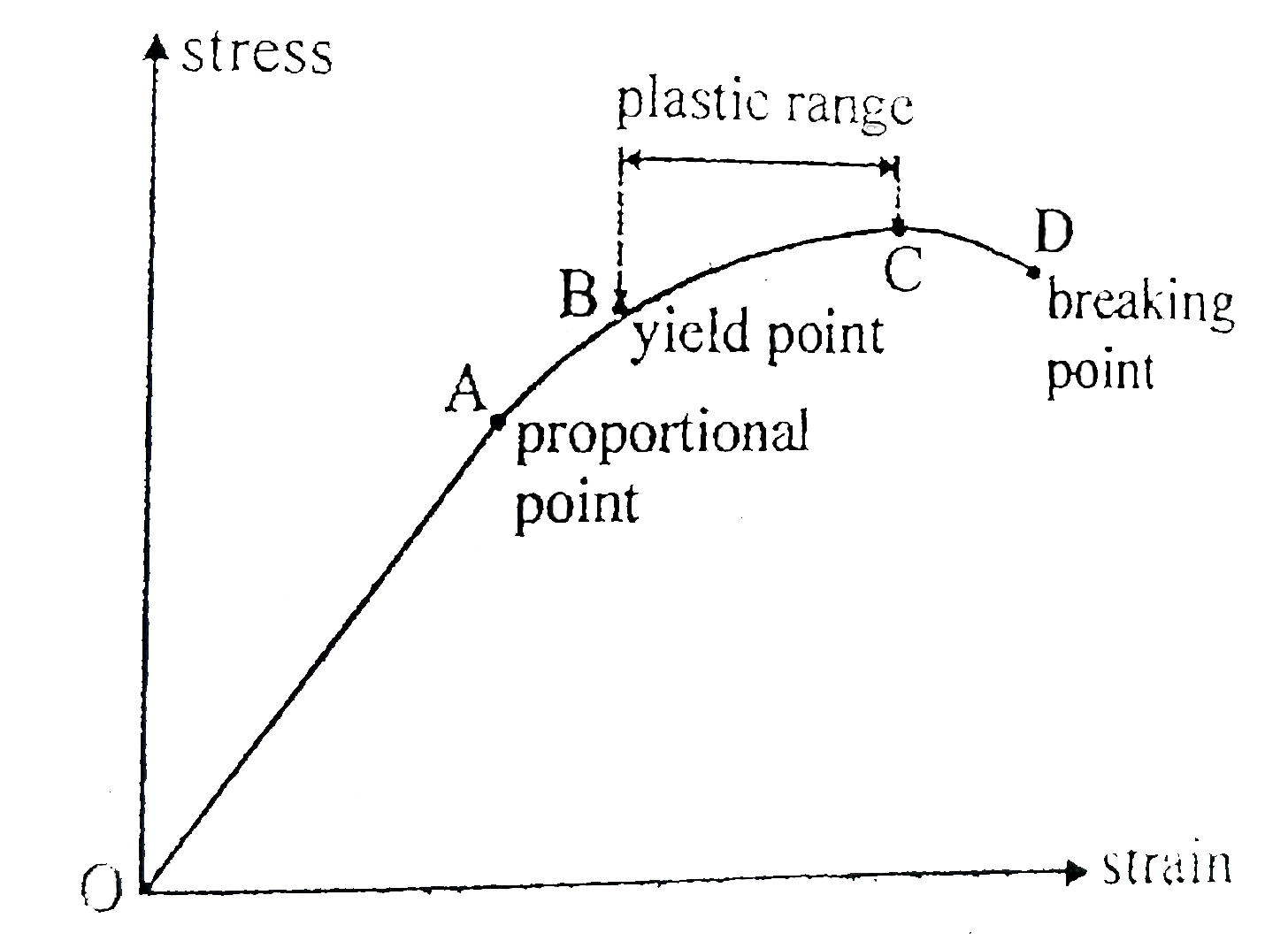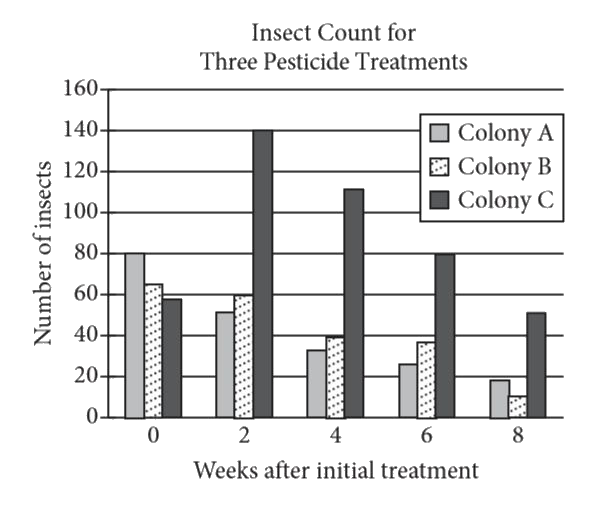Animal cells are suspended in a culture medium that contains excess glucose. The graph below shows glucose utilisation under different growth conditions (A),(B), and (C) in the graph indicate

A-Anaerobic respiration
B-Introduction of O2 to culture medium
C- Aerobic respiration
A-Aerobic respiration
B-Introduction of O2 to culture medium
C- Anaerobic respiration
A-Aerobic respiration
B-Supply of organic triphosphate
C-Aerobic respiration
A-Aerobic respiration
B-Introduction of CO2 to culture medium
C-Anaerobic respiration.
The correct Answer is:a
Anaerobic respiration takes place in the absence of oxygen. It leads to incomplete degradation of substrate into alcohol and CO2 releasing some energy (2ATP). Aerobic respiration occurs in the presence of oxygen. It results in complet oxidation of substrate into CO2, water and energy (38ATP).
Topper's Solved these Questions
- RESPIRATION IN PLANTSBook:NCERT FINGERTPS ENGLISHChapter:RESPIRATION IN PLANTSExercise:NCERT
Explore 8 Videos
- RESPIRATION IN PLANTSBook:NCERT FINGERTPS ENGLISHChapter:RESPIRATION IN PLANTSExercise:Assertion & Reason
Explore 15 Videos
- RESPIRATION IN PLANTSBook:NCERT FINGERTPS ENGLISHChapter:RESPIRATION IN PLANTSExercise:RESPIRATORY QUOTIENT
Explore 12 Videos
- PLANT KINGDOMBook:NCERT FINGERTPS ENGLISHChapter:PLANT KINGDOMExercise:Plant Kingdom
Explore 160 Videos
- STRUCTURAL ORGANISATION IN ANIMALSBook:NCERT FINGERTPS ENGLISHChapter:STRUCTURAL ORGANISATION IN ANIMALSExercise:Structural Organisation In Animals
Explore 129 Videos
Similar Questions
A mass of living cells are kept in a culture medium under anaerobic conditions. The cells were supplied with labelled c14 glucose. Pick up the true statement
View SolutionAn animal cell was grown in a culture medium containing P32 nucleotides, the parts from which DNA is built. Later examination of the cell showed the radioactivity to be concentrated in the
View SolutionThe diagram below-shows features of an animal cell as seen under electron microscope :

What is the relationship of E and C?
View SolutionThe diagram below-shows features of an animal cell as seen under electron microscope :

Name the structure B.
View SolutionFigure shows the relationship between tensile stress and strain for a typical material. Below proportional point A, stress is directly proportional to strain which means Young's moudulus (Y) is a constant. In this region the material obeys Hooke's law.

Provided the strain is below the yield point 'B' the material returns to its original shape and size when the force is removed. Beyond the yield point, the material retains a permancnt deformation after the stress is removed. For stresses beyond the yeld point, the material exhibit plastic flow, which means that it continues to elongate for little increases in the stress. Beyond C a local constriction occurs. The material fractures at D (i.e. breaking point). The graph below shows the stress-strain curve for 4 different materials.

If you bough a new shoe which bites in the beginning and later on fits perfectly, then the material used to making the shoe is
View SolutionFigure shows the relationship between tensile stress and strain for a typical material. Below proportional point A, stress is directly proportional to strain which means Young's moudulus (Y) is a constant. In this region the material obeys Hooke's law.

Provided the strain is below the yield point 'B' the material returns to its original shape and size when the force is removed. Beyond the yield point, the material retains a permancnt deformation after the stress is removed. For stresses beyond the yeld point, the material exhibit plastic flow, which means that it continues to elongate for little increases in the stress. Beyond C a local constriction occurs. The material fractures at D (i.e. breaking point). The graph below shows the stress-strain curve for 4 different materials.

If you bough a new shoe which bites in the beginning and later on fits perfectly, then the material used to making the shoe is
View SolutionFigure shows the relationship between tensile stress and strain for a typical material. Below proportional point A, stress is directly proportional to strain which means Young's moudulus (Y) is a constant. In this region the material obeys Hooke's law.

Provided the strain is below the yield point 'B' the material returns to its original shape and size when the force is removed. Beyond the yield point, the material retains a permancnt deformation after the stress is removed. For stresses beyond the yeld point, the material exhibit plastic flow, which means that it continues to elongate for little increases in the stress. Beyond C a local constriction occurs. The material fractures at D (i.e. breaking point). The graph below shows the stress-strain curve for 4 different materials.

If you bough a new shoe which bites in the beginning and later on fits perfectly, then the material used to making the shoe is
View SolutionFigure shows the relationship between tensile stress and strain for a typical material. Below proportional point A, stress is directly proportional to strain which means Young's moudulus (Y) is a constant. In this region the material obeys Hooke's law.

Provided the strain is below the yield point 'B' the material returns to its original shape and size when the force is removed. Beyond the yield point, the material retains a permancnt deformation after the stress is removed. For stresses beyond the yeld point, the material exhibit plastic flow, which means that it continues to elongate for little increases in the stress. Beyond C a local constriction occurs. The material fractures at D (i.e. breaking point). The graph below shows the stress-strain curve for 4 different materials.

Material which is good for making wires by stretching is
View Solution
Three colonies of insects were each treated with a different pesticide over an 8-week period to test the effectiveness of the three pesticides. Colonies A, B, and C were treated with Pesticides A, B, and C, respectively. Each pesticide was applied every 2 weeks to one of the three colonies over the 8-week period. The bar graph above shows the insect counts for each of the three colonies 0, 2, 4, 6, and 8 weeks after the initial treatment.
Which of the following colonies showed a decrease in size every two weeks after the initial treatment with pesticide?
I.Colony A
II.Colony B
III. Colony C
View Solution
Three colonies of insects were each treated with a different pesticide over an 8-week period to test the effectiveness of the three pesticides. Colonies A, B, and C were treated with Pesticides A, B, and C, respectively. Each pesticide was applied every 2 weeks to one of the three colonies over the 8-week period. The bar graph above shows the insect counts for each of the three colonies 0, 2, 4, 6, and 8 weeks after the initial treatment.
Of the following, which is closest to the ratio of the total number of insects in all three colonies in week 8 to the total number of insects at the time of initial treatment?
View Solution

